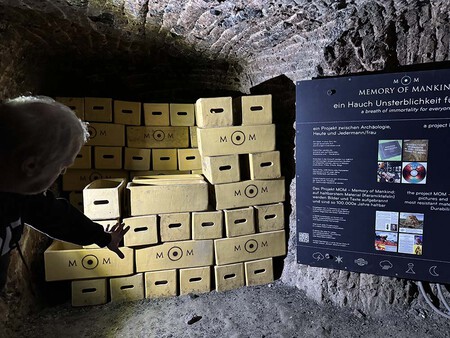Imagine you were given the task of finding a storage medium robust and reliable enough to remain unchanged for thousands of years. Your mission? Saving the complete human genome so that, if found in the very distant future, an intelligence could access that data. The first thing you would probably do would be to discard the means we use today.
Our hard drives and USB sticks would end up unusable within a few years. Some ancient civilizations taught us that carving rocks is a great way to preserve information for the long term, but this doesn’t seem to be an ideal option in this day and age. What if you could use advanced materials and techniques? The University of Southampton has thought about it, and has found an answer.
A 5D quartz memory to the rescue
A team of researchers at the University of Southampton were looking for an “eternal” storage medium to store the human genome. The solution came from a development at the Optoelectronics Research Centre of the same institution. The specialists created a 5D quartz memory capable of storing up to 360 TB of information without data loss for “billions of years.”
Using quartz crystals to store information for long periods is not entirely new. The approach earned the Guinness World Record for the longest-lasting data storage material in 2014 and was later used in Microsoft’s Project Silica. Researchers at the University of Southampton, meanwhile, used a novel etching technique.

Archive of the Memory of Humanity
Instead of recording only the faces of the surface, a method was used that uses two optical dimensions and three coordinates to engrave all material with laser. Data recovery has also been considered. The outer part of the memory stored in the Archive of the Memory of Humanity, a time capsule in Austria, suggests how to access the stored content.

According to experts, they have used a storage medium that is so robust that it can withstand climatic extremes, for example temperatures of up to 1,000 degrees Celsius. Freezing or fire are also no problem for quartz memory. And if it receives an impact of around 10 tons per square centimeter? The data should not be altered at all.
Images | University of Southampton
At Xataka | Scientists have discovered that Antarctica is rising 5 cm a year. It is not clear whether this is a blessing or a problem














Add Comment